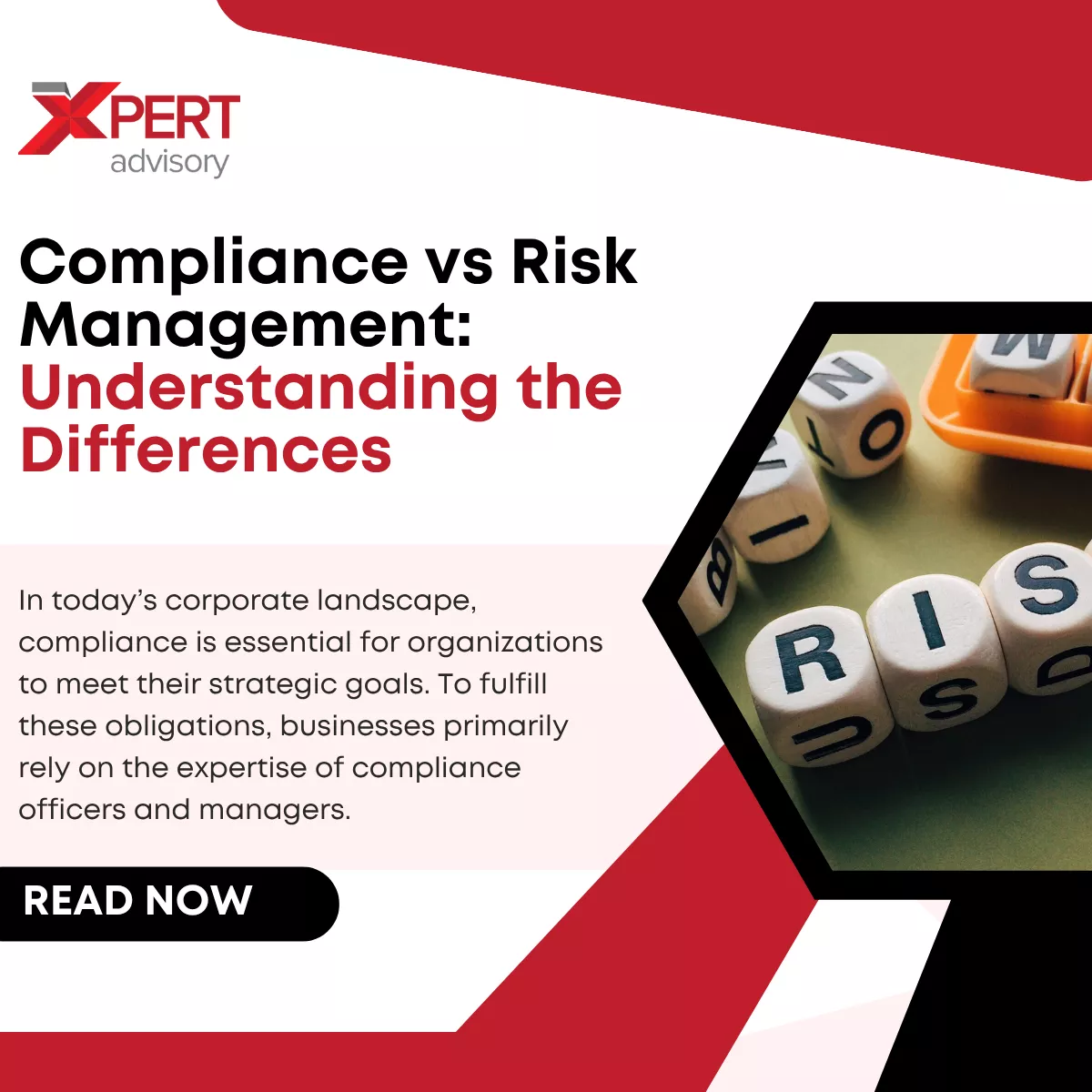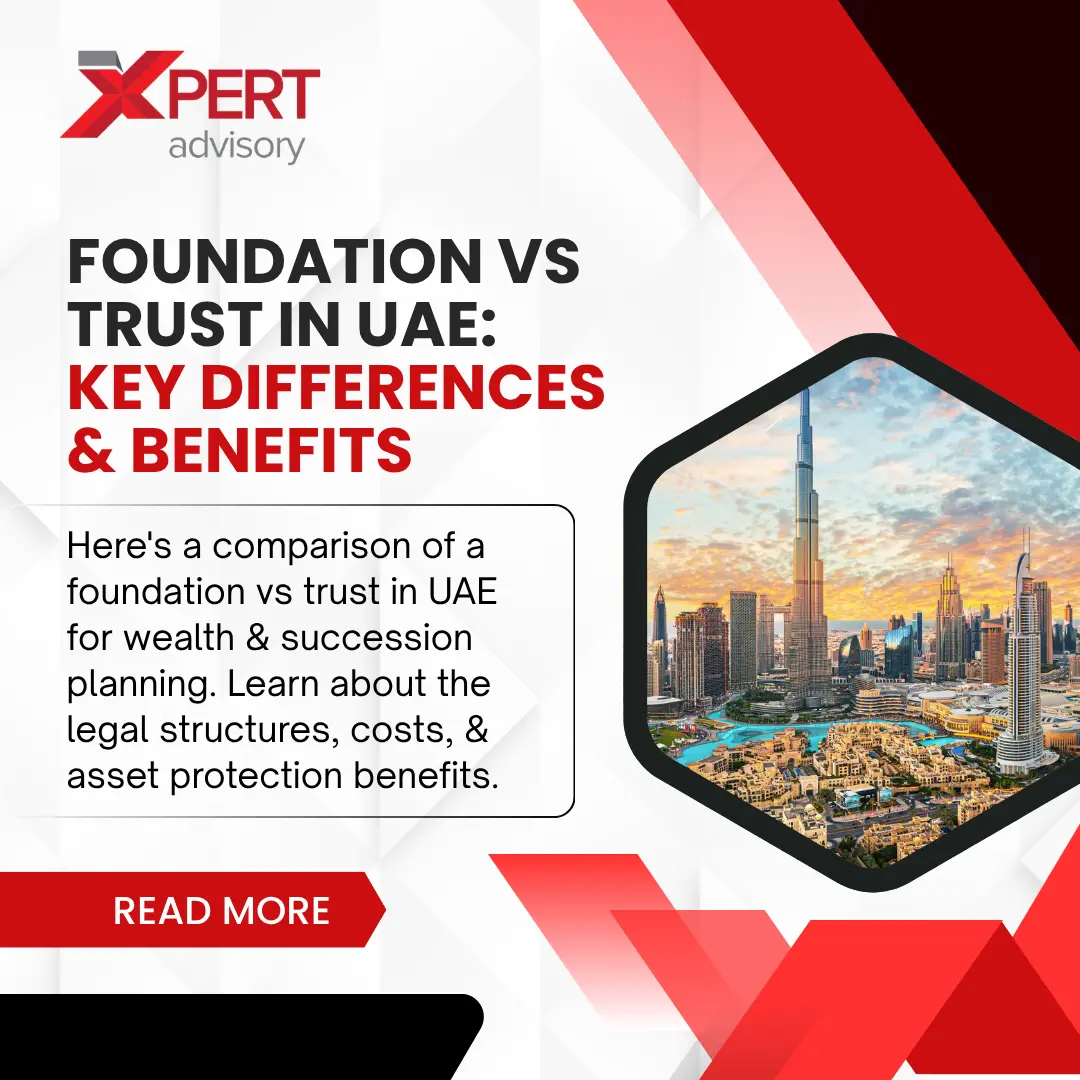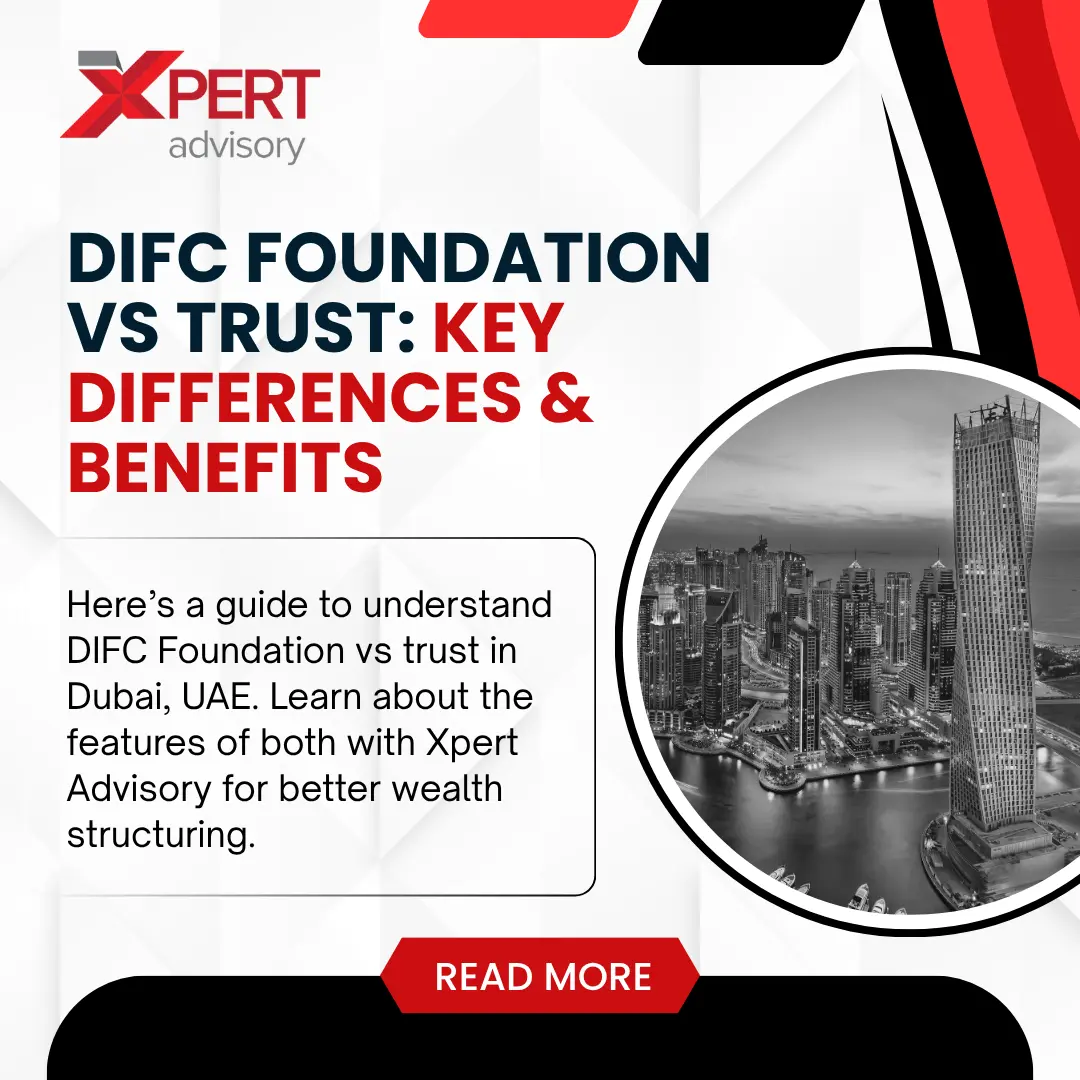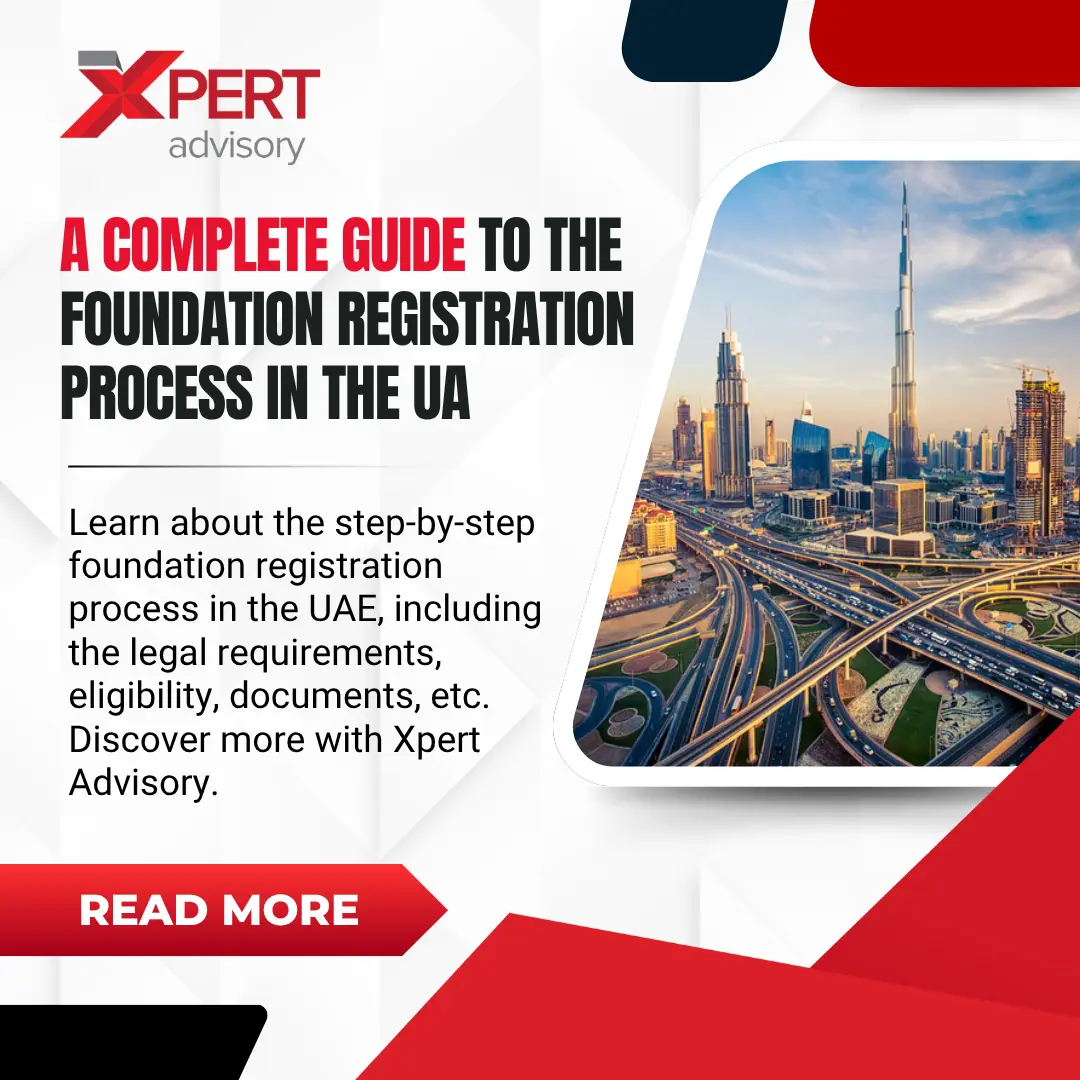The terms “compliance” and “risk management” appear together frequently in banking industries that operate under strict regulations. Even though compliance and risk management have similar meanings, they feature several subtle distinctions that company leaders should understand to develop an effective business strategy with these processes included. So, let’s discuss the distinctions and similarities between compliance vs risk management.
What is Compliance?
Compliance refers to organisations meeting all rules, including national and governmental statutes, alongside their organization-specific procedures and guidelines.
An organisation achieves compliance through adhering to rules and regulatory requirements. Organisations need compliance to protect their legal and financial interests together with their obligation fulfilment. Organisations that comply with regulations prevent both financial punishment and reputational damage, along with other potential adverse consequences.
Moreover, organisations must follow various compliance obligations that consist of health and safety rules, data security standards, anti-bribery statutes, and environmental requirements. They must develop appropriate processes that will help maintain their compliance framework.
Also, following ethical business conduct is mandatory for organisations, and corporate compliance creates the means for ethical conduct verification. An organisation needs to demonstrate correct conduct that follows both FATF legal requirements and performs defined tasks.
What is Risk Management?

Risk management is the process of identifying risks together with their assessment and management, followed by control methods to shield organisational assets. The process requires organisations to identify possible perils, followed by an evaluation of their probability and estimated damage, as well as the implementation of protective responses and continuous risk monitoring.
Also, organisations employ a proactive risk management process to handle potential dangers, which prevent them from becoming major issues. The development of operational risk management requires organisations to warn about possible money laundering threats and offer preventive alternatives. Risk management operates as an extended process that needs changes in the business environment to trigger proper evaluations and adjustments of risk management approaches.
The development of strategies to decrease the effects of crises on organisations is linked directly with risk management protection efforts. Organisations should create contingency plans, establish communication protocols, and develop damage mitigation strategies during crisis management development.
What’s the Difference Between Compliance and Risk Management?
Understanding the differences between compliance and risk management will help you prevent potential threats and create value for your business.
Following are the distinctions between the two systems:
- Prescriptive vs. Predictive
Most compliance activities are rule-following tasks. The responsible authorities in government create fundamental legal requirements which organisations must strictly adhere to based on their industry sector selection. All organisations must fulfil their mandatory requirements and refrain from any disallowed conduct that applies to their specific operations.
However, risk management operates through detailed predictive practices exceeding those of compliance. Organisations need to evaluate both present-day risks that lead to failure and penalties for non-compliance and future risks they could potentially face. Future risks that organisations must consider include financial crime patterns, cybersecurity threats, and changes in market performance and regulatory requirements, especially in cases of launching new products.
Also, organisations should prepare themselves against existing and forthcoming money laundering problems by implementing adequate control systems, which they modify to face new security threats.
- Tactical vs. Strategic
Organisations normally handle compliance needs through short-term strategic approaches. Every company within an industry sector needs to uphold essentially equivalent rules and regulations. Although methods of achieving compliance differ among organisations, they share the same fundamental goals in each case.
Compliance risk management typically operates at a strategic level. Since organisations face different circumstances, their strategic objectives are flexible. An organisation will encounter general industrywide risks along with corporate-specific risks and sector-related risks affecting its operations.
Although risk management strategies feature established building procedures, there exists no single approach that functions for everybody in the manner compliance specifications sometimes do. Every organisation must select the combination of systems, policies, and processes that optimise their achievement goals.
Moreover, the organisation must define its present position in addition to its planned position during the upcoming operational period with a focus on risk management and compliance efforts.
- Siloed vs. Integrated
Organisations, particularly those of an extensive size, tend to isolate compliance requirements. The organisation selects professionals who comprehend regulatory requirements before designating this group to uphold effective compliance program standards through the enforcement of rules. These workers interact sparingly with others in their organisation.
On the other hand, an effective risk management program becomes more efficient and produces better results when it extends throughout the whole organisational operation. Every staff member should understand compliance’s importance in risk assessment and have clear guidelines to manage and mitigate risks. Every form of organisational risk which the company encounters needs similar attention.
Moreover, risk culture development requires all teams to work collaboratively, yet compliance departments can maintain slight operational isolation for specialised functions. Every section of the organisation combines efforts to manage risks.
The reduced number of trivial risk and compliance issues in the organisation lowers the workload for the teams engaged in risk and compliance management.
- Risk Aversion vs. Value Creation

AML compliance is the part of risk management that helps organisations in risk mitigation. Public authorities write compliance policies and procedures to protect business operations from damaging influences on both organisations and their whole industry.
These regulations create safe business operations through legal and regulatory mandates that protect the inclusive performance of the industry if organisations stay compliant. Moreover, adherence to rules prevents businesses from fines and financial penalties.
Surprisingly, it runs against common logic, yet risk management, throughout its entire operation, concentrates primarily on value development. Organisational assets, alongside sources of income, face the possibility of being lost through threats known as risks.
To stay profitable, an organisation needs to detect potential loss areas and establish control measures to prevent either major or probable failures. The organisation requires continuous enhancements of its risk management procedures, which allow it to identify upcoming threats and develop proper responses.
AML Compliance vs Risk Management: Comparison
Organisational governance requires both risk management and compliance as vital components, although their main functions vary. Risk management involves identifying threats that could undermine their goals, but to ensure compliance, you need to follow specific laws and regulations that meet their standards.
The following table explains the comparison of compliance vs risk management:
| Aspect | Risk Management | Compliance |
| Focus | Identifying, evaluating, and minimising risks that could impact the organisation’s objectives. | Ensuring the organisation complies with external laws, regulations, and internal policies and procedures. |
| Scope | Encompasses a wide range of risks, including:- Financial- Operational- Strategic- Reputational- Regulatory | Focused on regulatory and legal obligations based on industry, geography, and business activities. |
| Purpose | To minimise uncertainty and reduce the impact of potential risks on business performance. | To prevent legal violations and avoid legal and financial penalties by ensuring the organisation operates within regulatory boundaries. |
| Approach | Risk Management is a proactive process that involves identifying, assessing, mitigating, and continuously monitoring risks. | Compliance is a reactive process that involves understanding applicable regulations, implementing controls, auditing practices, and correcting non-compliance. |
Risk Management vs Compliance: Common Similarities
Risk management and compliance operate independently, but they’re also closely aligned with each other in many ways:
- Core Functions
The core functions of both risk management and compliance organisations and financial institution operations make them properly functional and ethical. Moreover, they share the common goal of minimising negative influences on the company while working together to serve organisational interests.
- Proactivity
Risk management, together with compliance, employs proactive methods, which become evident when organisations recognise upcoming issues ahead of time instead of reacting to problems when they materialise.
- Integration
Effectiveness in risk management requires the inclusion of compliance elements to minimise total risks. And finally, both risk management and compliance require ongoing and continuous attention and improvement.
Final Words
Every organisation in the modern regulatory environment requires a clear understanding of the differences and similarities between compliance and risk management. Companies that follow compliance standards maintain operational and legal boundaries, while risk management enables them to detect upcoming challenges and react appropriately. Therefore, organisations must integrate both functions to protect operational integrity and guarantee long-term resilience because doing so creates essential requirements for operational success.
Are you seeking assistance to enhance your organisational compliance protocol? Xpert Advisory offers industry-specific AML compliance consultancy services to assist organisations with regulatory compliance needs. Our experienced consultants support you through anti-money laundering laws by building internal controls while strengthening your risk response systems. So, get in touch with us now to secure an organisational future through regulatory compliance.
FAQs
Does Strong Compliance Need Effective Risk Management to Work Properly?
The organisation can maintain full compliance standards even though this exposes it to security risks. Risk management operates with a strategic direction and a proactive approach, but compliance pursues checklist-driven reactive strategies. An organisation becomes resilient when it implements both systems.
Do You Need to Address Compliance Before Handling Risk Management?
Risk management procedures should lead to all other considerations because they determine the sequence of compliance activities. Organisations obtain more effective resource allocation and improved compliance area priority by taking a risk-based approach.
How are Compliance and Risk Management Processes Linked with Each Other?
They complement each other. The procedures of risk management detect potential threats, while compliance establishes the legal controls needed to stop or limit these threats from happening. These two systems create an environment focused on responsibility along with evidence-based decisions.






